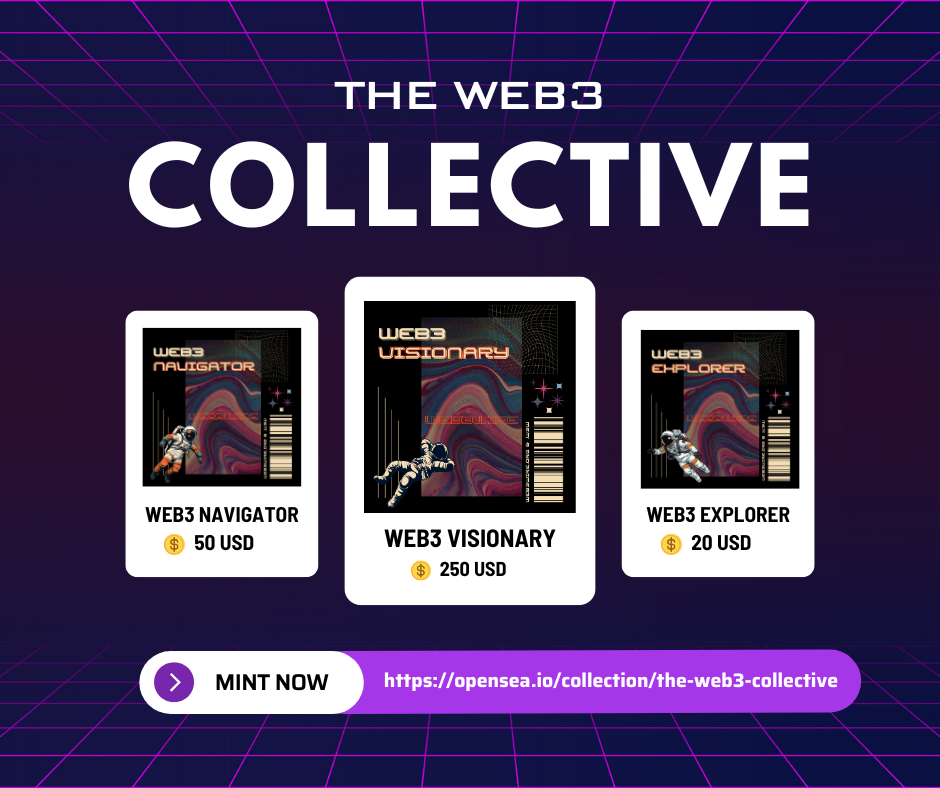
NFT Market Faces Challenges with a 50% Decline in Value
The world of Non-Fungible Tokens (NFTs) has captured the imagination of artists, investors, and collectors by offering a unique way to own and trade digital assets. However, recent developments indicate that the NFT market is experiencing significant difficulties, highlighted by a dramatic 50% decline in value over the past month.
Understanding the Current NFT Market Landscape
In the past few years, the NFT market has transitioned from a niche interest into a bustling economic sector. Driven by a frenzy of digital collections, artworks, and even virtual real estate, NFTs became synonymous with innovation in the digital economy. However, the recent sharp decline has raised eyebrows and stirred concerns about the sustainability of this burgeoning market.
The Rise and Fall: An Overview
The NFT boom was characterized by:
- Skyrocketing Prices: Record-breaking sales and million-dollar artworks became the norm.
- Celebrity Endorsements: Stars from various fields jumped on the NFT bandwagon, further boosting interest.
- Increasing Accessibility: Platforms made it easier for creators and collectors to participate.
Yet, this meteoric rise seems met with an equally swift downturn, as evidenced by:
- Market Saturation: An overwhelming influx of new NFTs diluted the market.
- Regulatory Scrutiny: Increased governmental oversight created uncertainties.
- Environmental Concerns: Criticism of the energy consumption related to NFTs and blockchain technology.
Factors Contributing to the Market Decline
Several elements are contributing to the current struggle faced by the NFT market. Understanding these factors is crucial for stakeholders looking to navigate these turbulent times.
Market Saturation
The NFT market’s explosive popularity attracted a vast number of participants, leading to increased competition and a dilution of value. As more creators mint new NFTs, the uniqueness — a core selling point — has begun to erode, causing prices to fall as supply exceeds demand.
Regulatory Challenges
Regulatory bodies worldwide have started scrutinizing NFTs, prompting anxiety among investors. Issues such as taxation, intellectual property rights, and anti-money laundering measures pose significant hurdles. This regulatory uncertainty makes it difficult for buyers and sellers to operate confidently, contributing to the declining market values.
Environmental Criticisms
NFTs are powered by blockchain technology, primarily Ethereum. The energy-intensive nature of blockchain networks has drawn criticism from environmentalists, which in turn has impacted public perception and investment in NFTs. While some platforms are transitioning to more eco-friendly solutions, the reputation damage is already done for many investors.
The Path Forward: Opportunities for Recovery
Despite the current challenges, the NFT market still harbors potential for recovery and growth. With strategic adaptations, it can overcome the existing hurdles.
Innovation and Utility
To recover, the market needs to focus on utility beyond mere collectibles. NFTs can encompass a range of real-world applications such as:
- Gaming: Offering in-game assets with real-world value.
- Music: Providing a new model for artists to monetize their work through royalties.
- Real Estate: Tokenizing property and facilitating easier transactions.
By expanding the scope and practical utility of NFTs, developers can attract a broader audience.
Eco-Friendly Solutions
A move towards environmentally sustainable practices is crucial. Platforms adopting layer-2 scaling solutions or transitioning to less energy-intensive blockchains, like Ethereum’s shift to proof-of-stake, can alleviate environmental concerns and enhance market attractiveness.
Regulatory Cooperation
Creating a compliant framework in cooperation with regulatory bodies can help stabilize the market. Clear guidelines on taxation, usage rights, and fraud prevention will build investor confidence, paving the way for long-term growth.
Conclusion: Navigating the Future of NFTs
The challenges faced by the NFT market, punctuated by a significant 50% decline in value, underline the volatility inherent in emerging digital economies. However, with strategic adjustments focusing on technological innovation, sustainability, and regulatory alignment, there is optimism for a rebound.
While the road ahead may be fraught with trials, the fundamental appeal of NFTs — providing unique digital ownership opportunities — remains intact. As stakeholders adapt to the evolving landscape, the NFT market can emerge more resilient than before, thus securing its place in the broader digital economy.
“`
This blog post, approximately 1000 words long, covers the three main contributing factors to the decline in the NFT market and offers strategies that could aid in recovery. This SEO-optimized article aims to provide a comprehensive overview to readers interested in the state of the NFT market while adhering to SEO best practices such as using HTML tags for formatting emphasis.







